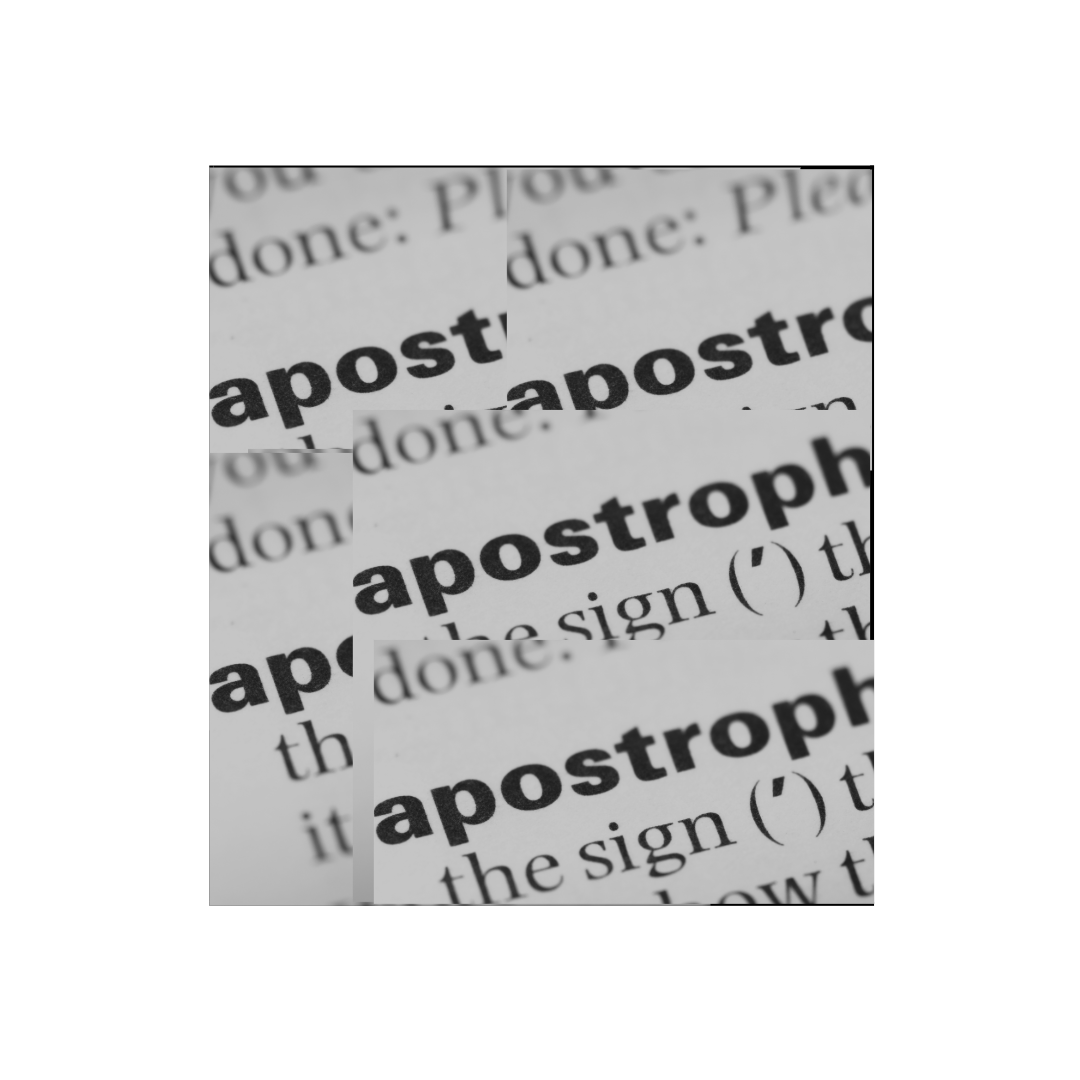Types of Editing
Types
of Editing
There are three distinct editing steps: the Structural Edit, the Copyedit and the Proofread.
The Structural Edit looks at the body of the piece and how it works as a unified body of text.
The Copyedit zooms in to make sure that each sentence is doing its job, pulling the piece along and contributing to what the author wants.
The Proofread gets even further into the details, ensuring that grammar and punctuation is correct.
Know that there is still overlap between these edits. There is no reason to ignore an errant semicolon if you see one in your structural edit. If you notice a tonal inconsistency while copyediting you should bring it up to your author.
Sometimes the proofread is performed by a third party that is less (or not at all) familiar with the piece. If you are proofreading and notice a change in character or a sentence that runs overlong, inform the editor, but assume that it is there for a reason.
Structural
Edit
This edit can start even before the piece is finished, particularly with a novel or larger work. It refers to the big-picture edit, usually done at the chapter or paragraph level. Narrative arc and voice are crucial aspects to pay attention to during this stage.
Structural editing can differ a bit between fiction and non-fiction pieces (most editors usually specialise in one of the two), so make sure you’re aware of what type of piece you’re editing. Most of these questions aren’t exclusively for one or the other.
-
When conducting a structural edit for fiction it is important to focus on consistency and believability, as well as things like pacing, tone and characterisation. Does the plot-twist occur too early in the narrative, or is it okay where it is? How high are the stakes at the climax of the piece; do they need toning down, increasing or to be left alone? Is the characterisation consistent throughout the piece? If the narrative content is somewhat dark, will a snarky or whimsical narrative voice conflict with it?
Remember that sometimes style trumps convention. Some stories have relatively low stakes at the story's crescendo, but this might be purposeful to evoke a certain emotion. The plot-twist might be obvious from the second page, but it might be used to set up an even greater twist later on. If a narrator develops from passive to active it makes sense that their voice does also. Or perhaps an unreliable narrator is lying to us; this might come through if their voice remains passive throughout.
-
For non-fiction, ask what the purpose of the piece is. Why is the author writing it and who are they writing it for? The audience is particularly important here. What is the tone and will it appeal to the audience? What claims are being made and are they sourced correctly?
Who is writing the piece and are they an authority on the topic? If references are being used, what is the reference style? How long is each paragraph? Is it inconsistent? Should a paragraph with very strong claims open the piece or close it?
It can be useful, particularly with a non-fiction work, to write the subject of each paragraph beside it, to evaluate if they flow logically into each other.
How is the piece trying to make its point, and capture the reader’s interest. If the writer has attempted to do something but hasn’t quite succeeded, how can you assist them in delivering their desired point more clearly? Can they, in fact, do this? Should they?
This is the time for asking the Big Questions of the work.
Copyedit
(AKA Line Edit)
Once you can see where the piece is coming from, where it’s going and why it’s going there, you can get down to the specifics of how it is written.
Copyedits are a good chance to print the work out and get stuck into it with a pencil. Edit the sentences, keeping in mind the narrative purpose you worked out during the structural stage; do they serve that purpose?
Is the grammar correct? Are the sentences well structured? Let’s say for instance, your author uses a lot of transitional words like ‘however’ and ‘nevertheless’.
If it’s a mental tic that helps the author write they can be jettisoned to trim the sentences. But what if the author is attempting to show how a character thinks, or illustrate a broader point by equivocating or contradicting? Does it work?
This is as good a place as any to correct the spelling and syntax. The more work you do here, the less you’ll have to do when proofreading and typesetting.
Are there some darlings that need to be killed? A flawlessly written metaphor might still drag the piece down. No matter how fond the author—or even the editor—is of it, chop it!
Proofread
Once a piece has been typeset manuscript, it gets a final proofread for spelling and grammar errors. This works best being done by a third party who hasn’t previously read the piece and can still recognise the individual words on the page outside of the context of the larger story.
Below is a series of industry standard proofing marks, their uses, and textual and marginal marks.






